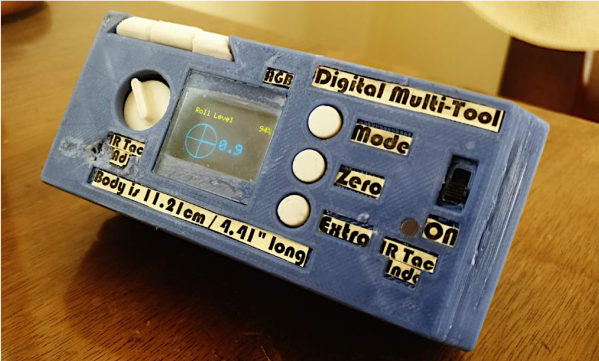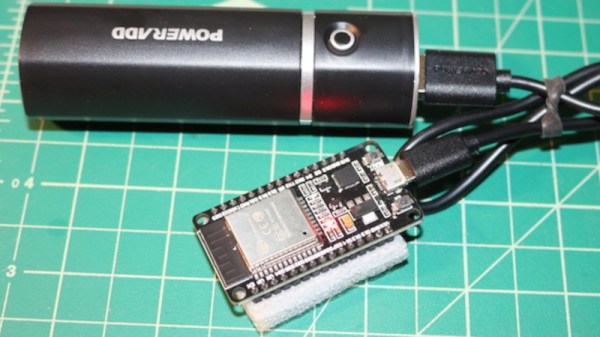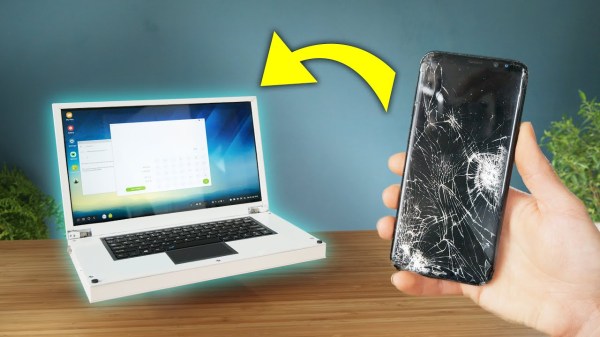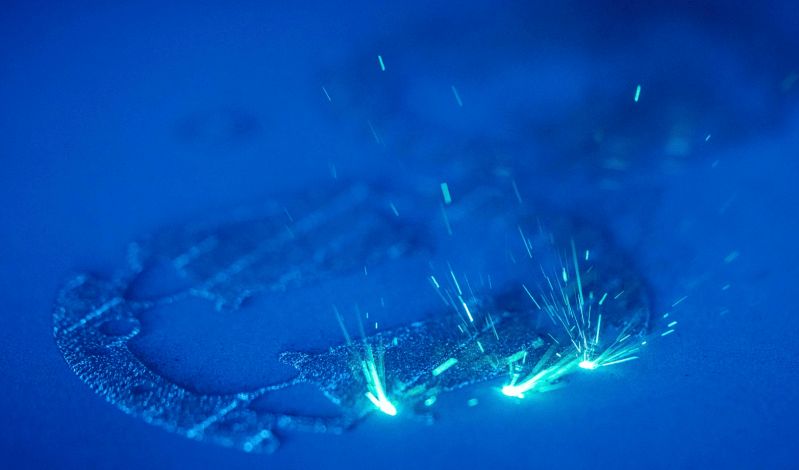Its safe to say that colour television is taken for granted nowadays. Consumed by the modern marketing jargon of colour dynamic range, colour space accuracy and depth, it is easy to overlook the humble beginnings of image reproduction when simply reconstructing an image with the slightest hint of colour required some serious ingenuity and earned you a well deserved pat on the back!
[anfractuosus] revisited an old gem of a technique, first patented in 1903 and used it to successful make an old monochrome TV produce a colour image. The idea in essence, is actually similar to what cheap image sensors and LCDs still use today. Rather than relying on true RGB colour generation by individually integrating colour sources as AMOLED does, we take an easier route: Produce a simpler monochrome image where each colour pixel is physically represented by four monochrome sub-pixels, one for each colour component. Now light up each of the sub-pixels according to the colour information of your image and rely on an external colour filter array to combine and spit out the correct colours.
He first used some image processing to convert a standard colour video into the aforementioned monochrome sub-pixel representation. Next, a Bayer colour filter array was printed on some acetate sheets using an inkjet printer (the original inventors used potato starch!), which when overlaid on top of the monochrome monitor, magically result in colour output.
There are some problems associated with this technique, mainly to do with the difficulty in measuring the size of the TV pixels and then producing and perfectly aligning a filter sheet for it. You should check out how [anfractuosus] went about solving those issues.
So now you know a bit more about colour image generation, but how about colour TV transmission? Check out an earlier piece to learn more.
Continue reading “Trick From 1903 Makes An Old Monochrome TV Spit Some Colours”



















